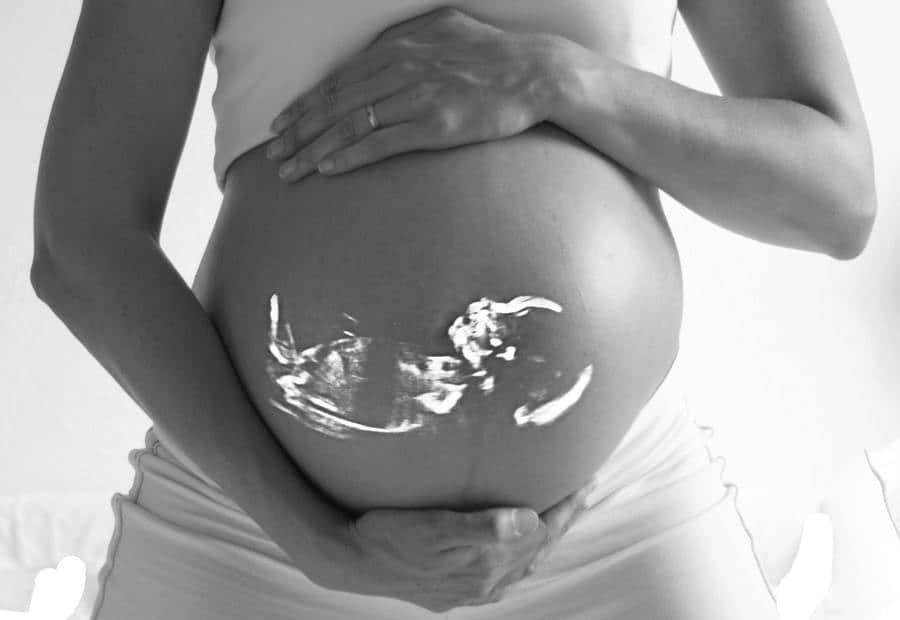Circumcision of baby boys is a surgical procedure to remove the foreskin of the penis, often done during the first few days of life. Not medically necessary, circumcision is a ‘non-therapeutic’ procedure and therefore not an insurable expense. Parents who opt for circumcision often do so for cultural or religious reasons.
In order to make the right decision, parents should be fully informed of the risks and benefits of the surgery, and therefore should speak to their medical professional. The Canadian Pediatric Society does not recommend routine circumcision for newborn boys, and many pediatricians no longer perform them.
Although serious complications from surgery are rare, newborn circumcision has been associated with surgical mistakes including having too much skin removed. Other things to consider are that too much bleeding or infection may occur in the area, or urinary tract infections before the age of one.
Urinary tract infections can also occur in babies who are not circumcised, and some require circumcision later in life for medical reasons due to reoccurring infections. Older children who are circumcised may have more complications than newborns.
It is a good idea to write a draft birth plan to discuss with your doctor prior to delivery (at around 32 weeks), fine tune it and pack a few copies in your hospital bag to give to the attending staff. In your summary you will discuss what type of birth you want, what type of pain relief and your general preferences and expectations.
So you’re nearing the end of your third trimester, and it’s time to start planning for labour & childbirth. Some important things to remember before the big day!
Have you pre-registered for the hospital? Your doctor’s office will have a registration package for you, which you can fill out at home and mail directly to the hospital. Many hospitals offer a tour of their maternity wards so it’s a good idea to book one for you and your partner to prepare you for your labour and what to expect during your stay. Book early; if you are having multiples you may be put on bedrest and be unable to attend a tour later in your pregnancy. Most hospitals recommend a tour when you are around 20 weeks pregnant.
Caused by rising hormones, edema is a very common condition and is experienced by about 50% of women sometime during their pregnancy. It can happen any time but tends to be worse in the third trimester. It is the result of the production of more blood and body fluids to meet the needs of the developing baby. Normal swelling is typically experienced in the hands, face, legs, ankles and feet. This fluid is necessary to soften the body and allow expansion as the baby develops. Fluid also helps to prepare the pelvic joints and tissues to open for birth. The extra fluid accounts for about 25% of the weight women gain during pregnancy.
Whether it’s for one week or three months, dealing with bedrest during pregnancy can be a challenge. If you approach the matter as a time to prepare yourself for your new role, it may help. It is a chance to get a few things accomplished before baby comes, too. There are several other things you can do to help pass the time you spend on bedrest.
Like any other challenge, it is invaluable to get connected with other people who are experiencing the same stresses and have the same concerns.

